What is Direct Traffic in Google Analytics and Does It Matter?

Google Analytics is a complicated monstrosity of an analytics platform because it's the result of over a decade of constant tinkering, iterating, and improvement. There are a ton of different data feeds, views, and other pieces of information you can use, both first-hand and derived. Sometimes, though, it can be tricky to know what's what.
The Traffic Sources Report
On the traffic sources report, you'll see your website traffic divided up into categories. At the absolute top level – not talking about specific referrers, here – you'll generally see five categories. These are Social, Referral, Organic Search, Email, and Direct.
Three of these are pretty self-explanatory. Social traffic is traffic that reaches your site from a social network like Facebook or Twitter. Email traffic is traffic that comes in through an email source like Outlook or Gmail. Organic Search traffic is, of course, the traffic reaching your site from Google's search results pages. Referral traffic is a bucket for all the traffic that has attribution but isn't from one of the other categories, such as traffic from an identified URL. But what's "Direct"?
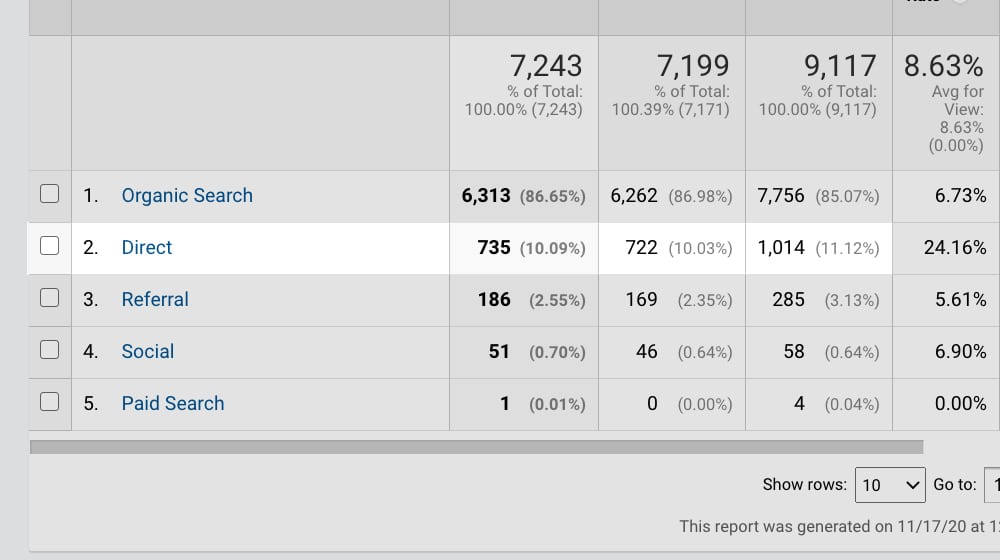
Direct traffic is kind of a catch-all category. It encompasses all of the traffic that reaches your site with no referral data attached. There are several reasons why traffic can end up in this category:
- Someone visited your website directly from a link in their bookmarks folder.
- Someone visited your site by typing in the URL from an ad they heard on the radio or saw in print.
- Someone visited your site by copying and pasting the URL rather than clicking a link, such as when that URL was plaintext or when they don't want to click for some reason.
There are also other reasons why the referrer data might slip through the cracks, such as:
- Someone visited your site from a link on a source that doesn't refer to data, like a chat program or an SMS message.
- Someone clicked a link to your site from a site using SSL.
- Someone clicked a link that has a broken tracking parameter or redirects.
This second one is very important. If your site is not using HTTPS, and a referring site is, data can be stripped from that traffic. The user is going from a secure site to an insecure site, so information that could be used, like referrer data, is removed.
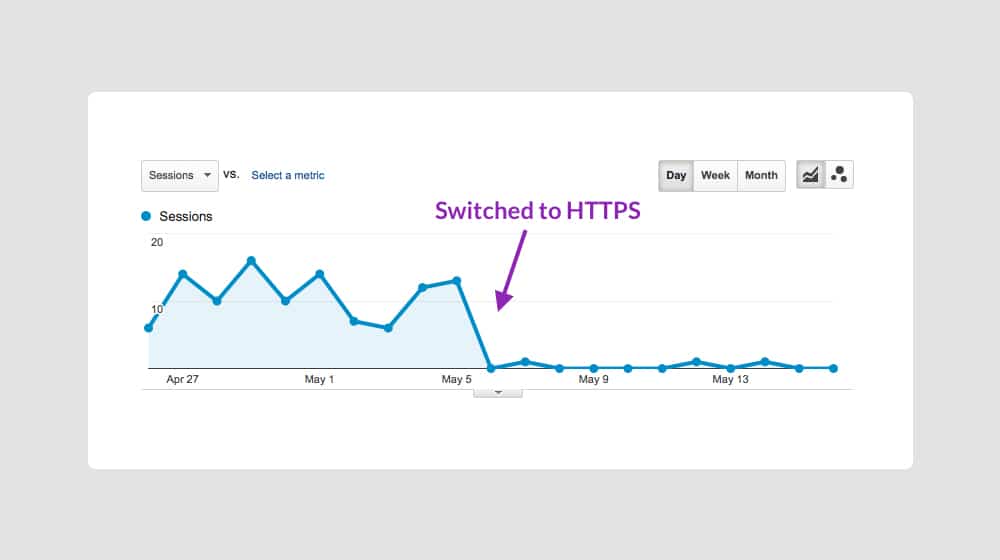
At this point, of course, your site should be using HTTPS. It's a security measure, for one thing, but it's also a search engine ranking factor with Google. Plus, encrypting traffic is generally a beneficial thing to do whenever possible.
There's also one other common source of direct traffic, and that's bots. Bots can be good or bad; a Google search indexing spider is fine, but a bot that's hammering your login pages like they're trying to crack a difficult case is not a good visitor.
Bots generally don't click links to travel from one place to the next. They're pared-down browsers that strip information and just do a single task. A lot of bots aren't very sophisticated, either.
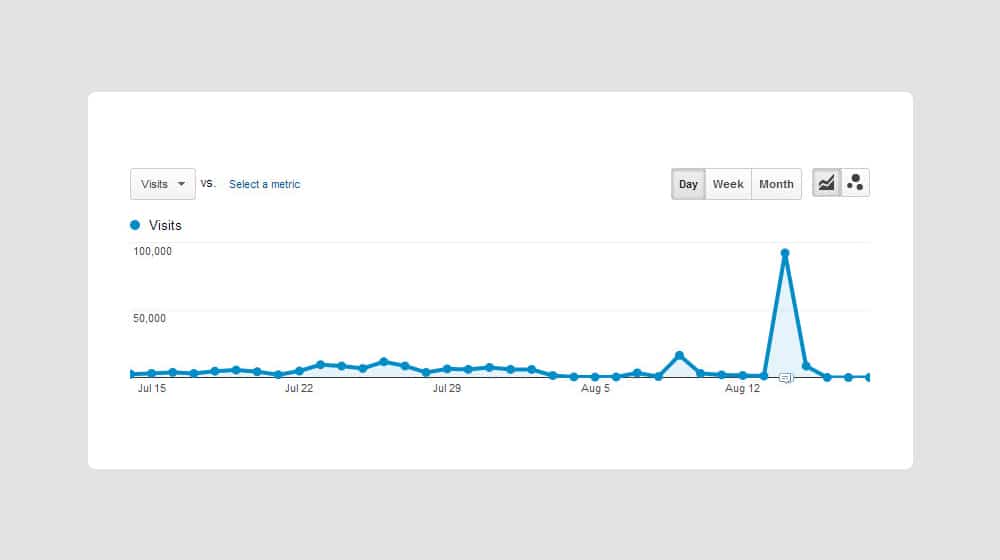
Google is generally smart enough to filter bot traffic out of most of their Analytics, but they can squeak through. For Google Analytics to record data in the first place, the Analytics.js JavaScript needs to execute. A lot of bots either have scripts disabled or intentionally disable Analytics so that they're harder to trace. More sophisticated bots will have JavaScript enabled and will rotate IP addresses, which makes them much more difficult to detect.
Is Direct Traffic Important?
So, is direct traffic important to your blog? Heck yeah, it is!
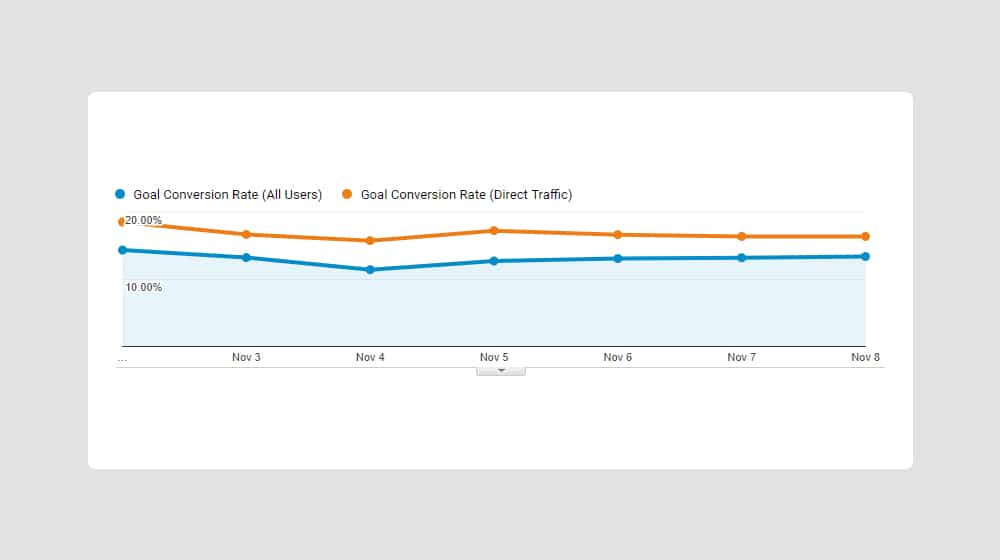
Think about the reasons why you're getting direct traffic.
- Someone visited your website directly from a link in their bookmarks folder. This is a great visit to have around! Someone who bookmarked your site is either interested enough in your content to want to read it later and is doing so, or they're a fan and they check your site regularly.
- Someone visited your site by typing in the URL from an ad they heard on the radio or saw in print. That's great too! That means your advertising campaigns are working well enough to get traffic, though it does mean you did something wrong. More on that in the next section.
- Someone visited your site by copying and pasting the URL rather than clicking a link, such as when that URL was plaintext or when they don't want to click for some reason. It's still a user who is interested enough to visit your site, even if they are a little weird in their browsing habits. That's fine; I've known people who are paranoid about being tracked and carefully sanitize every link they click. Weird and slow, but ultimately harmless.
- Someone visited your site from a link on a source that doesn't refer to the data, like a chat program or an SMS message. Again, that means something you're doing is working. Maybe a friend shared a link to them in their texts. Maybe you have a push notification tool that works. It's still an interested user clicking through to your site.
- Someone clicked a link to your site from a site using SSL. Again, a visitor is a visitor. This one is easy to fix, at least.
The only kind of direct traffic that is bad is bots, and even then, bots are much more likely to be trying to DDoS you or scrape your website data, not spam your referrer data to skew your analytics reports.
How to Reveal Direct Traffic Sources
Now, the secret of direct traffic is that a lot of it, perhaps even most of it, can be categorized. The problem is, you need to be proactive with the categorization, otherwise, you'll lose out. You can't retroactively apply categorization to direct traffic. Here are some things you may need to do, depending on the source of your direct traffic.
Make use of UTM parameters. Most sources of direct traffic are sources that either don't pass referral data in the HTTP request or that aren't from an online source. Print advertising, radio advertising, television advertising, in-store advertising; are of these are offline sources that can lead people to your website as direct traffic. App links, SMS links, links from messenger programs like Discord and Facebook Messenger; all of these strip referral data from links that are clicked through them.
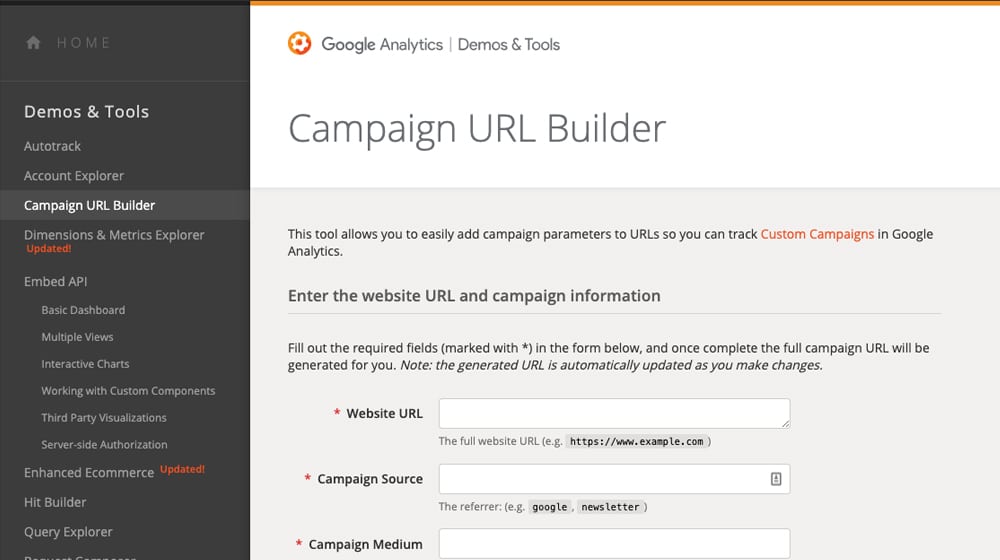
The solution to all of these is UTM parameters. UTM parameters are tracking parameters that are added to a URL. You've seen them before, almost everywhere. Here's a normal URL:
https://exampledomain.com/blog/blog-post-title/
And here's a URL with UTM parameters attached to it:
https://exampledomain.com/blog/blog-post-title/?utm_source=facebook&utm_medium=bloglink&utm_campaign=guestposting
You can see why they're called what they are. There are three in my example here, but there can be up to five of them on each URL. The more you add, the more detail and definitions you can use in your analytics for very precise views.
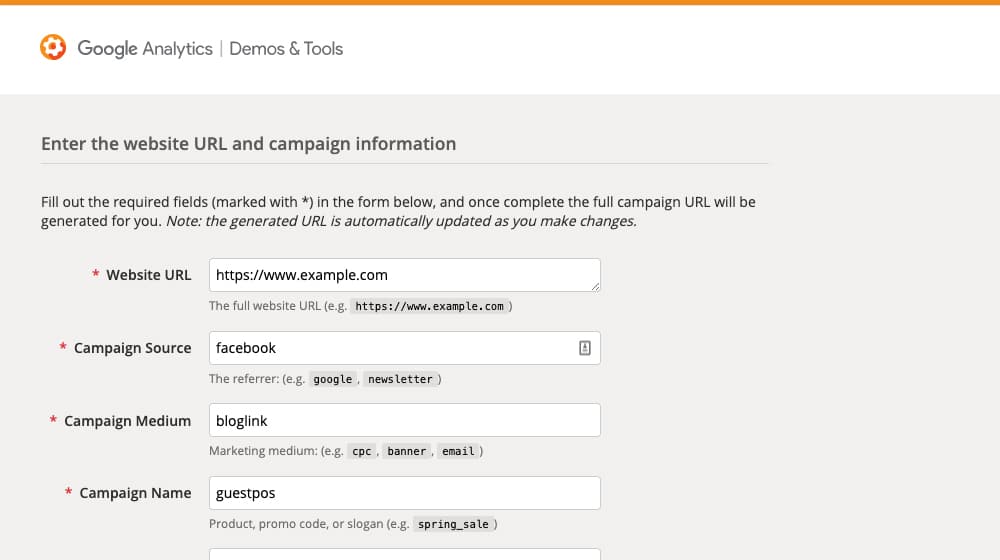
When you add UTM parameters to a URL, you can then filter traffic by those parameters. Thus, you should use parameters to specify different aspects of the URL. Here are the parameter definitions you can use:
- Source: This is required, and is best used to describe the bird's eye source of the link click. The example above is Facebook. You can specify the name of a blog (for guest post links), the name of a social network, the name of an app, or whatever.
- Medium: This is required, and is generally used to describe the format the link was in. For example, you can specify a link in blog text, a link in the author bio, a link in a banner ad, a link in an email, or what have you.
- Campaign: This is required, and is generally used to describe what promotional campaign you're using to build the link. The example above uses "guestposting" to represent a guest posting outreach campaign. You can make it anything, like "springsale", "sponsoredposts", or whatever.
- Term: This is not required, but can be used to specify a term associated with the link. If you're split-testing two options of the same link with slight variations, using the term can track the differences.
- Content: This is not required, and is used to specify the content of the link or the source.
As you can see, three of the five parameters are required and two are optional. You can use three, four, or five total.
The secret of UTM parameters is that the definitions of each parameter aren't real. You can specify any word you want to track there - or even a string of nonsense characters. Using them according to their definition is just a recommended way to organize and keep track of them. You could make a URL that looks like this:
https://exampledomain.com/blog/blog-post-title/?utm_source=we&utm_medium=are&utm_campaign=tracking&utm_term=your&utm_content=activity
…and there would be nothing wrong with it. The only trouble is when you're looking at your analytics later, you might see traffic with the referral source of "we" and wonder what the heck it means. That's the same problem you have with using random parameters like "3kjn22" or what have you; you need to be able to make sense of them later.
You can build your links with UTM parameters manually, but you don't have to. Google provides a tool called the UTM builder, found here, which you can use to do it more easily.
You also may have read about Dark Social traffic at some point. I've already mentioned it in part; links sent through Facebook Messenger, for example, have their referral data stripped. Any kind of social sharing that strips referrer data will show as direct traffic. This is just like offline marketing; use UTM parameters and you can track the traffic just fine.
Oh, and protip: don't use anything vulgar or mean-spirited. UTM parameters are publicly visible and can reflect on you.
Use a custom tracked short link for print advertising. "But James, nobody is going to type in a bunch of UTM crap from a print mailer, I'll never get direct traffic again!" Right. That's where short links come in handy.
You've seen those before too. A short link is a short version of a full link, that passes through a redirect to the full domain. Twitter uses them for everything; instead of twitter.com links, they pass the link through t.co. Services like Bit.ly offer short linking services as well and are commonly used.
There are two ways you can use short links. The first is to use a service like Bit.ly. It's free to use a regular Bit.ly URL, or you can pay to specify the URL, and gain access to analytics about the URL. It's perfectly fine, but many people are skeptical of generic URLs like that since they've been used to hide everything from a rickroll to a shocking image to a virus.
The second option is to set up a redirect system on a domain you own. This has the added benefit of you being able to completely control every aspect of the URL, including changing it whenever you want, adding your analytics, or adding additional redirects. To do so is pretty simple.
- Register a short domain. People often use foreign domains and spell words related to their brand, like goo.gl or su.pr. You can even just use your normal domain, it doesn't have to be an actual short link, just a URL on your site with a redirect attached.
- Set up a redirect engine. You can do this with URL rewrites via HTTP editing, you can set up a blank landing page with a 301 redirect, or you can use a service like Yourls. It doesn't really matter that much.
- Manage your URLs. You need the URL a user clicks on (example.com/short-phrase) and a redirect to the full, UTMed-up URL. That's it!
Get in the habit of setting up something like this for any URL you post in a location that doesn't send referral data. Any offline advertising and any advertising campaign performed through apps or messengers should have this kind of link in use.
Implement SSL on your website. Anyone who clicks a link on a secure site leading to an insecure site has their referrer data stripped from the request. If you haven't implemented SSL on your site by now, you're well behind the curve. Your users will thank you, browsers will stop warning people about your site, and you'll get more referral data to use. Win/win/win!
Update - Noreferrer Tag
I realized I forgot to mention one other cause for direct traffic - if a website is linking to your page with the rel="noreferrer" tag, it will instruct Google Analytics to ignore the referrer. This causes referrals from that link to show up as direct traffic.
After my latest post on Search Engine Watch, I saw a large spike in direct visitors. I looked at my bio link on that page, and low and behold, it had that same rel="noreferrer" code in the hyperlink. I was wondering why I didn't get any referrals from that post - turns out, they were all showing up as "Direct Traffic".
John Mu, a search advocate for Google, said that Google ignores the "noopener" and "noreferrer" tags, so these two won't affect your link equity.



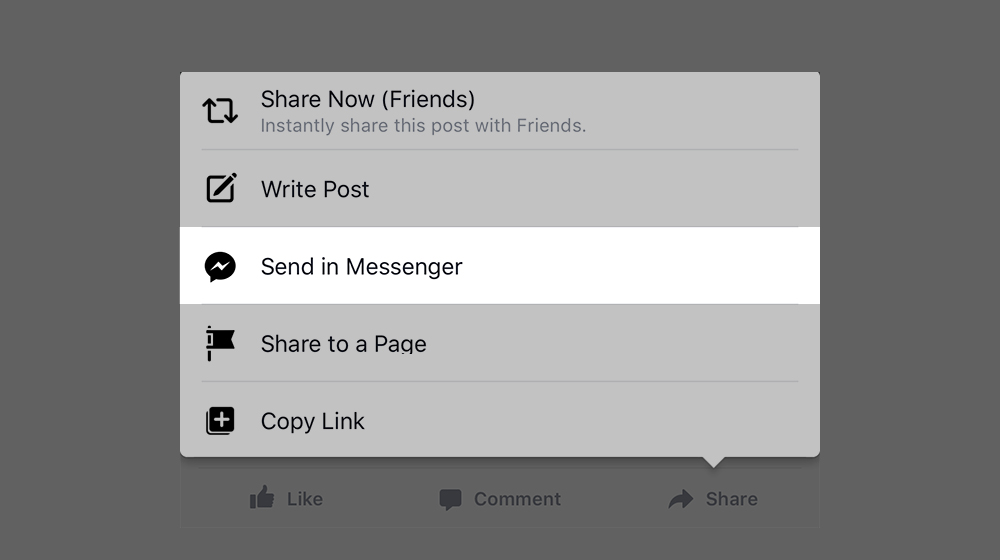
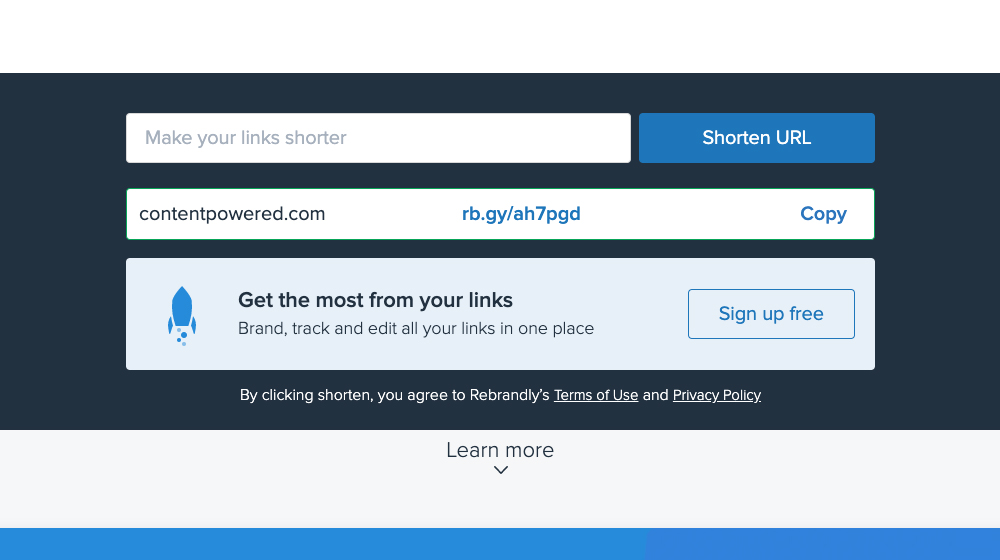
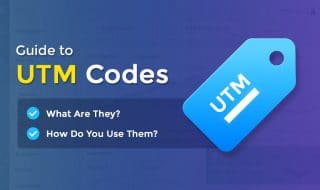






January 11, 2021
Hi James! Is there any way we can track the direct traffic?
January 14, 2021
Hey Janet!
Direct traffic is simply traffic that Google Analytics can't fit into any of the other categories.
What you could do to minimize your direct traffic and shed some light on where these visitors are coming from is utilizing UTM tags.
For example, on your newsletters, any hyperlink to your site in your emails could include a UTM tag to tell Google Analytics it came from a newsletter.
This way clicks from your email newsletters won't show up as direct traffic.
You can apply this technique to other sources of direct traffic as well (links in documents, QR codes, etc).
We just wrote a guide on this here, which may be of some help to you to identify some of these direct visitors:
https://www.contentpowered.com/blog/guide-to-utm-codes/
February 02, 2021
Thanks for sharing this pal! The UTM builder helps so much, there's no way that I was going to remember the order of those paramaters.
February 03, 2021
Hey Fred, glad I could help!